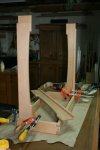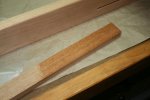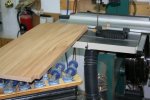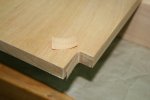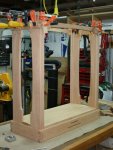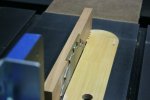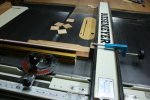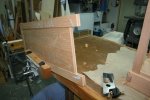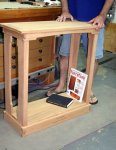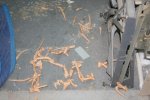Rob Keeble
Member
- Messages
- 12,633
- Location
- GTA Ontario Canada
I know this thread is threatening to turn into my own personal BLOG but, posting keeps me moving forward so please bear with me.
Glenn i was taught to sit quietly and listen while the teacher speaks.
 So i am following along attentively.
So i am following along attentively.There is so much to take in and digest in your posts my stack overloads and i have to reset the brain.
 Ithink its time for a new cpu wonder when we get to brain tansplants.
Ithink its time for a new cpu wonder when we get to brain tansplants.Looking good. There is one thing that i am betwixed and between with G&G design is the finger joints on the corners. Sort of counter intutive to me to make a fine closing joint and then round over all the square edges. Almost sort of indicates the original woodworker designer was hiding out of square edges. I know you a big G&G fan along with others here, but those round over corners i dunno. It really hit me when Rennie made his box prototype. When they are done on a small scale it looks good to me but when they get to the large thick set joint i dunno.
Last edited by a moderator:




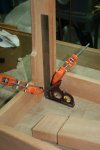
 .
.